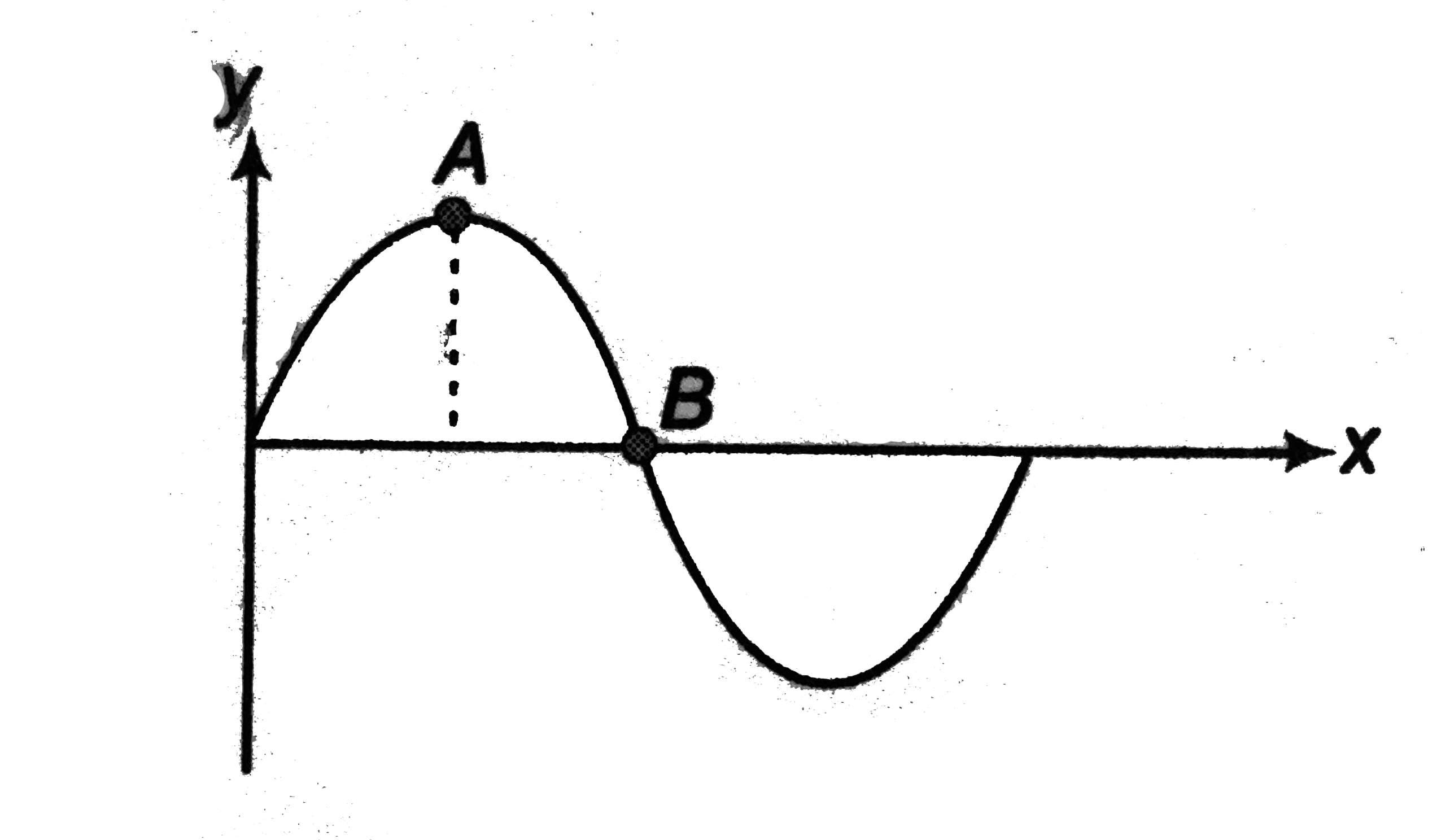At which point on the projectile trajectory is the (ii) kinetic energy minimum.
To determine the point on the projectile trajectory where the kinetic energy is minimum, we can follow these steps:
Step 1: Understand the Components of Velocity
A projectile launched at an angle θ with an initial velocity u has two components of velocity:
- Horizontal component: ucosθ
- Vertical component: usinθ
Step 2: Analyze the Motion at Maximum Height
As the projectile rises, it loses vertical velocity due to the acceleration due to gravity. At the maximum height, the vertical component of the velocity becomes zero. Therefore, at this point, the projectile only has the horizontal component of velocity, which is ucosθ.
Step 3: Calculate Kinetic Energy
The kinetic energy (KE) of the projectile at any point in its trajectory is given by the formula:
KE=12mv2
Where v is the magnitude of the velocity at that point.
At the maximum height, the velocity v is:
v=ucosθ
Thus, the kinetic energy at maximum height is:
KEmax height=12m(ucosθ)2=12mu2cos2θ
Step 4: Compare Kinetic Energy at Other Points
At other points in the trajectory, the projectile has both horizontal and vertical components of velocity. The total velocity at any point can be expressed as:
v=√(ucosθ)2+(usinθ−gt)2
Where g is the acceleration due to gravity and t is the time.
Since the vertical component is non-zero at all points except the maximum height, the total kinetic energy at these points will be greater than at maximum height.
Conclusion
The kinetic energy is minimum at the maximum height of the projectile's trajectory because at this point, only the horizontal component of velocity contributes to the kinetic energy.
Final Answer
The kinetic energy is minimum at the maximum height of the projectile.
---
A projectile launched at an angle θ with an initial velocity u has two components of velocity:
- Horizontal component: ucosθ
- Vertical component: usinθ
As the projectile rises, it loses vertical velocity due to the acceleration due to gravity. At the maximum height, the vertical component of the velocity becomes zero. Therefore, at this point, the projectile only has the horizontal component of velocity, which is ucosθ.
The kinetic energy (KE) of the projectile at any point in its trajectory is given by the formula:
KE=12mv2
Where v is the magnitude of the velocity at that point.
v=ucosθ
Thus, the kinetic energy at maximum height is:
KEmax height=12m(ucosθ)2=12mu2cos2θ
At other points in the trajectory, the projectile has both horizontal and vertical components of velocity. The total velocity at any point can be expressed as:
v=√(ucosθ)2+(usinθ−gt)2
Where g is the acceleration due to gravity and t is the time.
The kinetic energy is minimum at the maximum height of the projectile's trajectory because at this point, only the horizontal component of velocity contributes to the kinetic energy.
The kinetic energy is minimum at the maximum height of the projectile.
Topper's Solved these Questions
Similar Questions
At which point of projectile motion (i) potential energy is maxumum (ii0 kinetec eneragy is maximum (iii) total vechnical energy is maximum.
View SolutionWhen a body is projected vertically up. At some point P at height h its kinetic energy is twice of potential energy at that point. At what height its potential energy is twice that of kinetic energy?
View Solution
Knowledge Check
A particle is performing linear S.H.M. at a point A, on the path, its potential energy is three times kinetic energy. At another point B on the same path, its kinetic energy is 3 times the potential energy. The ratio of the kinetic energy at A to its kinetic at B is
A9:1B1:9C1:3D3:1The kinetic energy of a projectile at its highest position is K. If the range of the projectile is four times the height of the projectile, then the initial kinetic energy of the projectile is .
A√2KB2KC4KD2√2KIn a simple harmonic motion
(i) the maximum potential energy equal the maximum kinetic energy
(ii) the minimum potential energy equals the minimum kinetic energy
(iii) the minimum potential energy equals the maximum kinetic energy
(iv) the maximum potential energy equals the minimum kinetic energyA(i),(ii)B(i),(iii)C(ii),(iii)D(i), (iv)
At what point in its trajectory does a projectile have its minimum speed ?
View SolutionStatement -1 : The graph between - Kinetic energy and vertical displacement is a stright line for a projectile.
Statement -2 : The graph between kinetic energy and horizontal displacement is a straight is straight line for a projectile.
Statement -3 : the graph between kinetic energy and time is a parabola for a projectile.
View SolutionAt the top of the trajectory of projectile the
View SolutionIf the mass of a moving projectile is tripled and its velocity is doubled, the kinetic energy will be multiplied by
View SolutionAssertion: y−x graph of a transverse wave on a string is as shown in figure. At potential energy and kinetic energy both are minimum.
Reason : At point B kinetic energy and potential energy both are maximum.
View Solution
